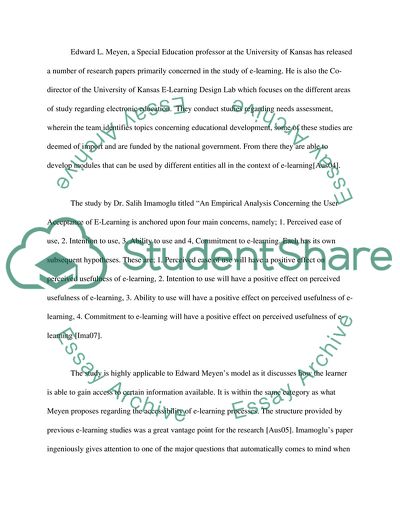Cite this document
(The Design and Development of a Scaleable E-learning Authoring System Research Paper, n.d.)
The Design and Development of a Scaleable E-learning Authoring System Research Paper. https://studentshare.org/education/1726480-essay
The Design and Development of a Scaleable E-learning Authoring System Research Paper. https://studentshare.org/education/1726480-essay
(The Design and Development of a Scaleable E-Learning Authoring System Research Paper)
The Design and Development of a Scaleable E-Learning Authoring System Research Paper. https://studentshare.org/education/1726480-essay.
The Design and Development of a Scaleable E-Learning Authoring System Research Paper. https://studentshare.org/education/1726480-essay.
“The Design and Development of a Scaleable E-Learning Authoring System Research Paper”. https://studentshare.org/education/1726480-essay.


